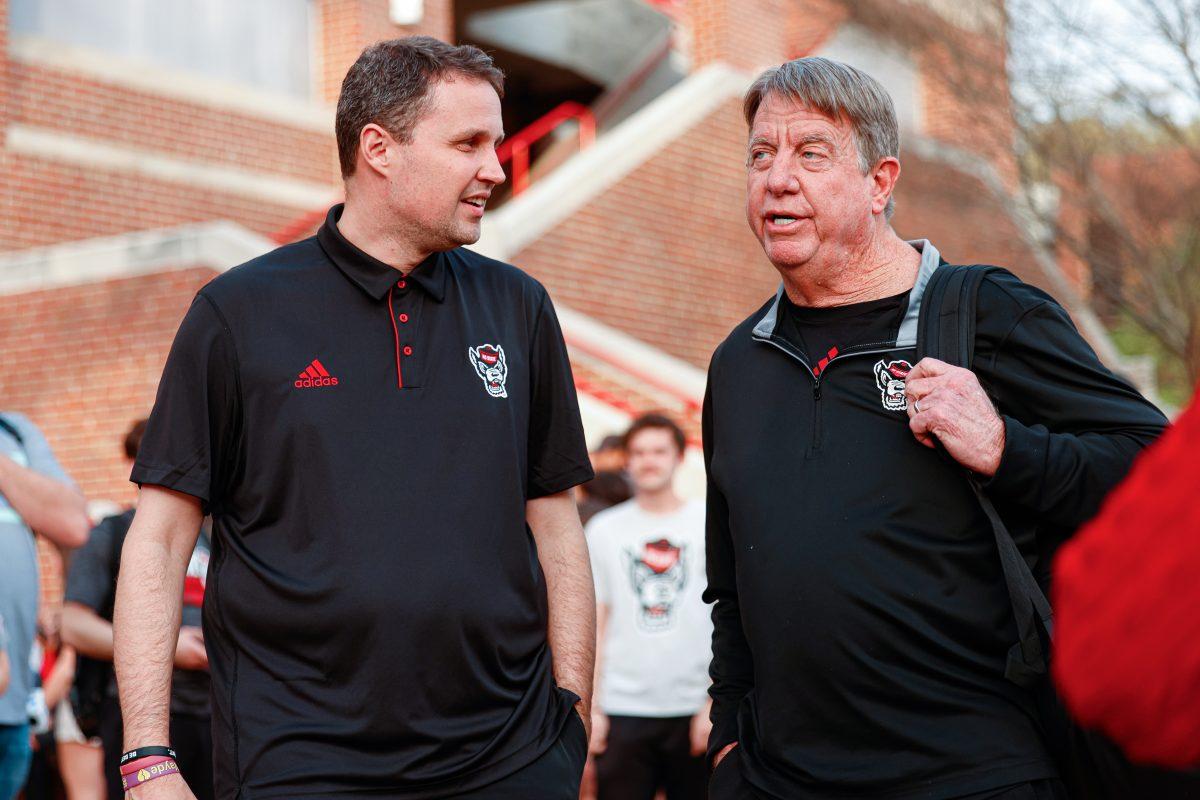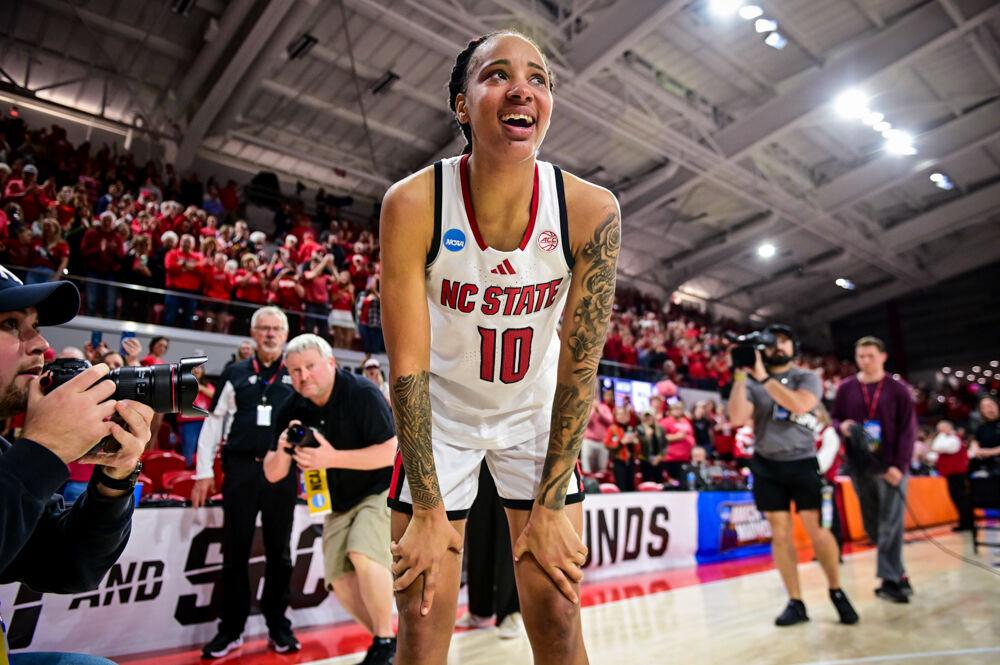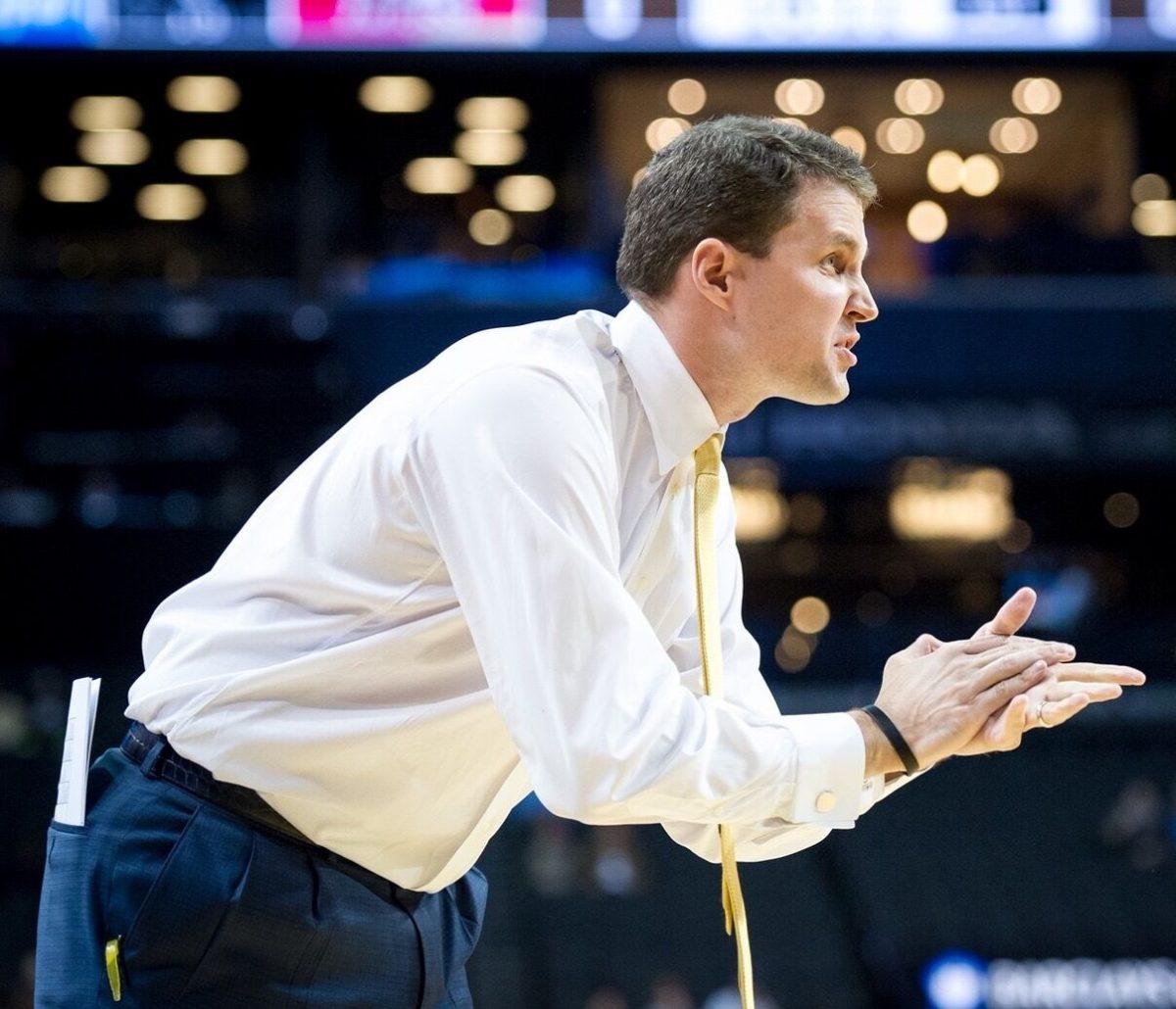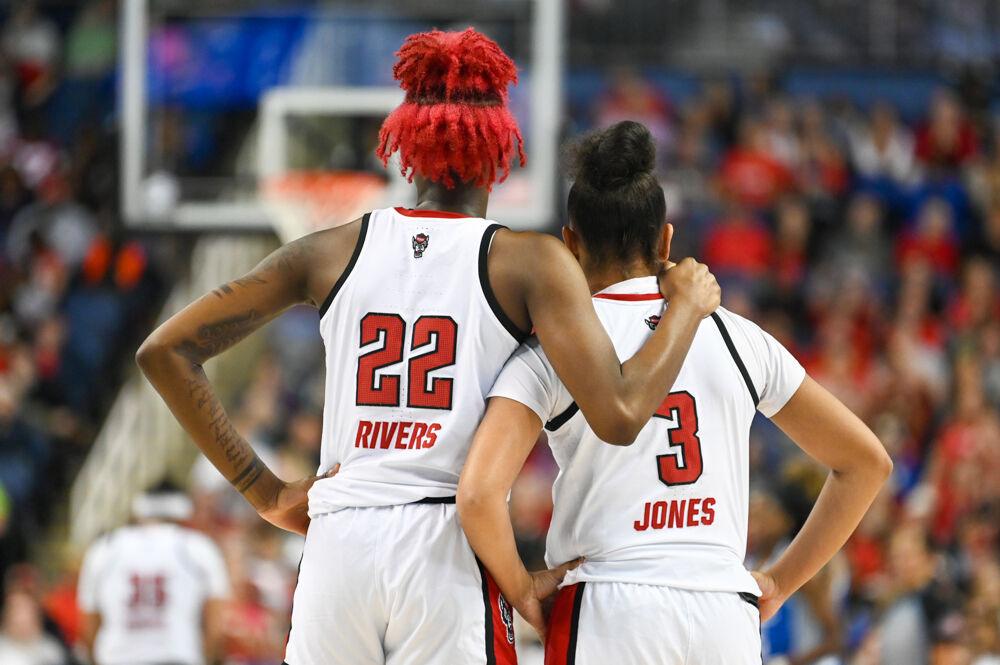A year ago this time, Kentucky was 27-0 and tearing through the college basketball landscape like a knife through warm butter. Yet, with March Madness now less than a month away, there is no clear favorite to win the championship, let alone a consensus on which teams deserve a one-seed.
No. 1 Villanova (24-3, 13-1 Big East) is the only lock for a top seed, but its resume may not have even earned a two-seed in last year’s field. According to Ken Pomeroy’s Pythagorean rating, a highly reliable predictor of future performance, there were six teams better than the Wildcats in 2015.
Villanova is tied with No. 5 Xavier and unranked Arkansas-Little Rock for the best record in the country in what will be the first season since 2008-2009 where no team enters the tournament field with two or fewer losses — not since the field expanded to 64 in 1985 has the team with the best record had any more than three losses.
That’s not to say that there aren’t plenty of good teams out there; however, by the same Pythagorean rating, the 40th best team this season would have been the 28th best in 2015. So, while the teams at the top are less dominant, the tournament field is set to be as deep as ever.
This depth is not coming from the usual mid-major conferences, but instead from the perennial Power Five conferences like the ACC, Big 12, Big Ten and Pac-12 that are all set to place at least six teams in the tournament field.
The ACC is the most top-heavy of the bunch, with teams like No. 3 Virginia, No. 7 UNC-Chapel Hill and No. 12 Miami (FL) all vying for one- and two-seeds come March. No. 11 Louisville is on the same plane but will sit out from the postseason due to a self-imposed sanction while No. 15 Duke, despite its struggles, can match up with any team given its combination of talent and coaching.
The Big 12 is inarguably the most solid conference top-to-bottom with seven of its 10 constituent teams virtually locked into the field — all are seeded at eight or lower in Joe Lunardi’s latest bracketology. No. 2 Kansas and No. 3 Oklahoma are each slotted into the bracket as top seeds right now, making this conference the greatest force to be reckoned with.
The Big Ten and Pac-12 have more meat around the middle — five Pac-12 teams are seeded between three and eight in Lunardi’s latest bracket and, between the two conferences, only the Big 10’s No. 6 Michigan State and No. 8 Iowa have a shot at a top-two seed. But both have missed on their opportunities for statement victories down the stretch.
Without the traditional strength at the top of this year’s tournament, “Cinderella” teams are likely to be more prevalent. Small-conference schools like the Horizon League’s Valparaiso (24-5) and the Sun Belt’s aforementioned Arkansas-Little Rock team could be the benefactors even though the selection committee typically gives unfavorable early matchups to such mid-majors.
Whether or not this is good or not for the tournament’s entertainment value is another question. There’s little doubt that Kentucky’s pursuit of a perfect record drove up ratings for last year’s tournament — the highest in 22 years — but a more even playing field should result in closer, and thus more exciting, games.
Consequently, this will also make predicting the results of the tournament more difficult. As frustrating as this may be for bracket fanatics, it should be welcomed by die-hard fans who are enthralled by the upsets and wild comebacks that March Madness will undoubtedly entail.













